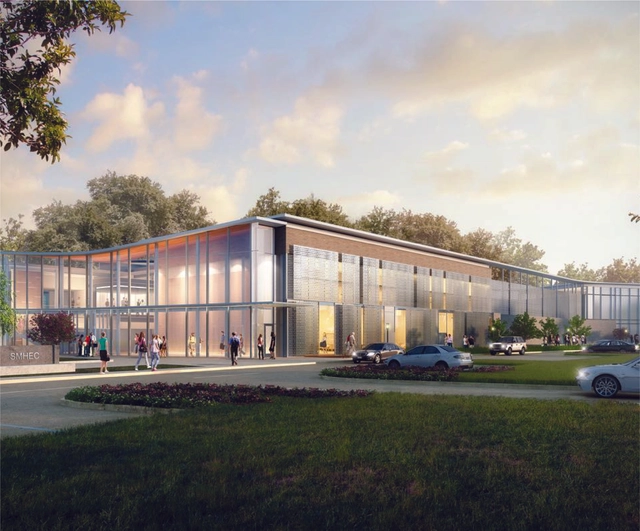
Everybody’s talking about Grasshopper. It’s an exciting way to explore parametric and generative designs in architecture — and the ability to create and render those concepts and animations to present to clients is considerably even more impressive.
V-Ray is a trusted 3D renderer that gives Rhino users the power to render everything, from quick concepts to finished designs. It also allows designers to deliver professional-quality renders every step of the way. V-Ray for Grasshopper comes with V-Ray for Rhino, which makes it quick and easy to animate and render your parametric designs.
















